
Will Iraq lose its benefits from Shatt alArab River to Iran? Al
The men had apparently crossed into the Iranian portion of the Shatt al-Arab unintentionally. By a 1975 treaty, the border between Iran and Iraq lies along the so-called "thalweg line," the midpoint of the deep-water channel. The precise status of this treaty is currently unclear, however, as Saddam Husayn abrogated it when he launched the Iran.

ShattalArab River
About 200 km long, 400-1500 m wide, combined effluent of Euphrates and Tigris below Qurna (Fig. 11.1) is the Shatt Al-Arab river to which the Karun contributes from Khorramshahr southward.The Shatt al-Arab river is influenced by tides in the Arabian Gulf, from about 5 m around Basra to about 3 m at its mouth, which contributes to the high level of dissolved salts in it.
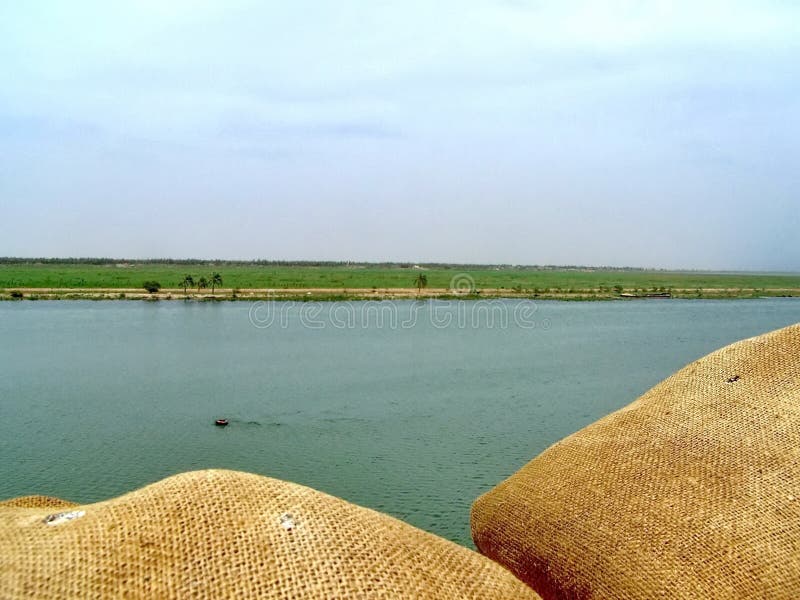
Shatt AlArab River in Basra Stock Image Image of operation, iraq
The Shatt al-Arab is the lifeline of southern Iraq; it irrigates agricultural land and is a major transport artery. It is also in ill health. So when images appeared on social media this June showing oil spills on the Shatt al-Arab in Basra, Iraqis immediately responded, voicing concern about a public health crisis..
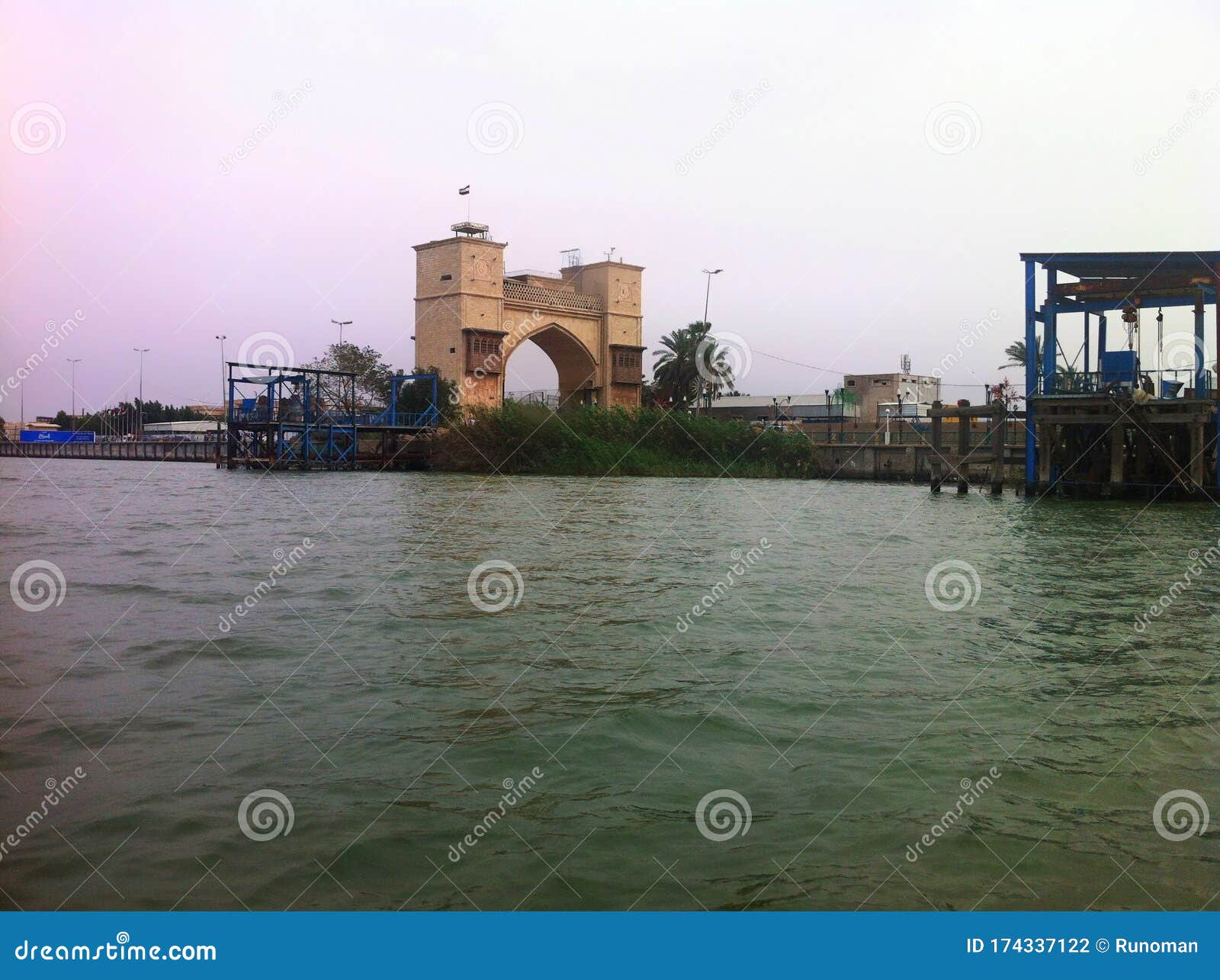
Shatt AlArab River in Basra Editorial Photography Image of city
Google Scholar. The reactivation of the dispute in the late 1960s (culminating in April 1969 with the shah's abrogation of the 1937 Tehran treaty) resulted in the appearance of a number of articles, of which Alexander Melamid's and Vahé Sevian's are the best (A. Melamid, "The Shatt al-Arab Boundary Dispute," in The Middle East.

Shatt al Arab river, Basra, Iraq Stock Photo Alamy
Title: THE SHATT AL ARAB DISPUTE Subject: THE SHATT AL ARAB DISPUTE Keywords ~f~ Declassified and Approved For Release 2012/12/11 :CIA-RDP08C01297R000600010054-8 ~~ Copy No. GEOGRAPHIC INTELLIGENCE MEMORANDUM CIA/RR GM 60-I 7 January 1960 THE' SHA TT AL ARAB DISPUTE CENTRAL INTELLIGENCE AGENCY OFFICE OF RESEARCH AND REPORTS WARNING This material contains information affecting the National.

Shatt al Arab silverfox175
The Shatt al-Arab dispute was a territorial dispute that took place in the Shatt al-Arab region from 1936 until 1975. The Shatt al-Arab was considered an important channel for the oil exports of both Iran and Iraq, and in 1937, Iran and the newly independent Iraq signed a treaty to settle the dispute.
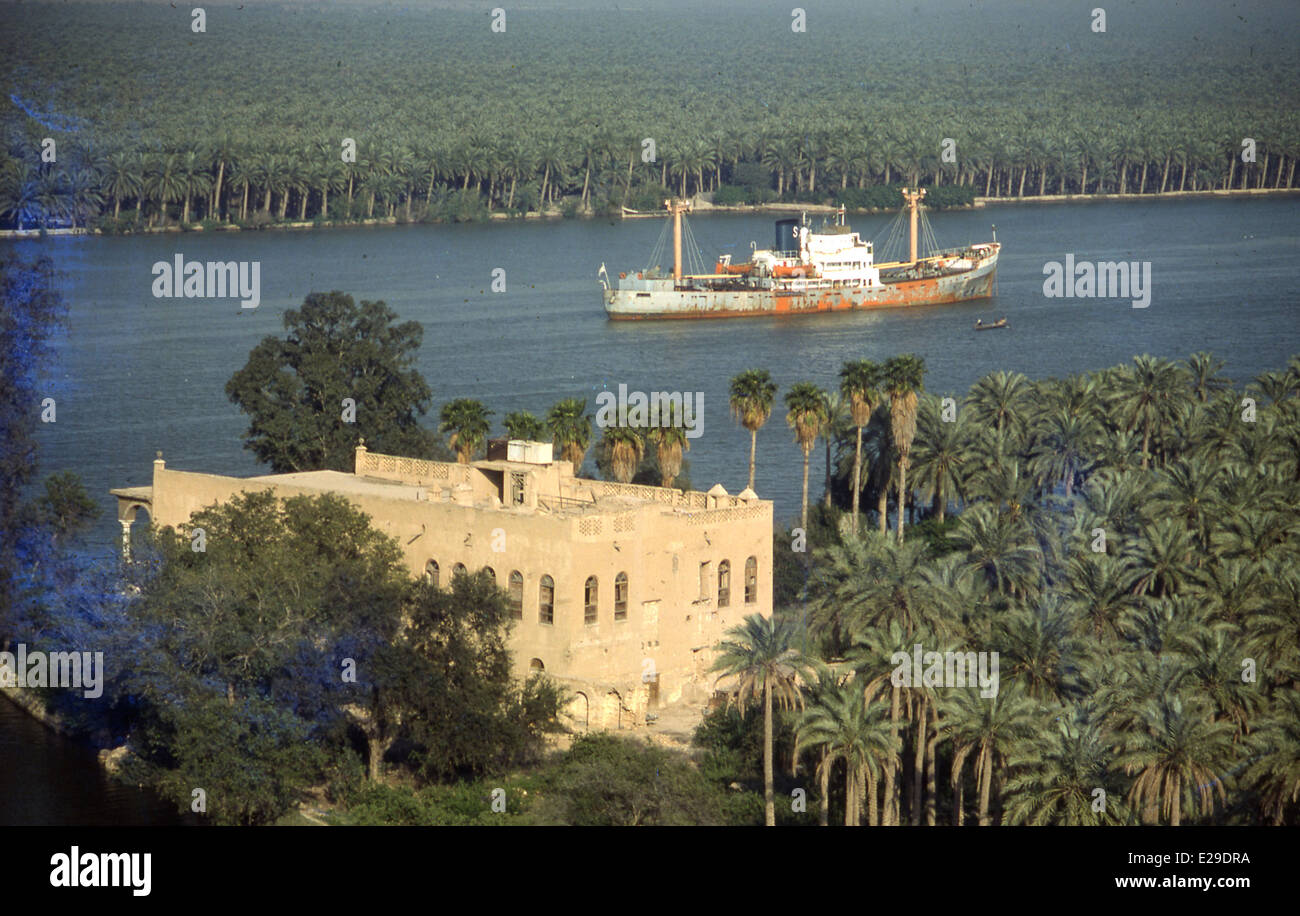
Shatt Al Arab High Resolution Stock Photography and Images Alamy
June 12, 2010. SIBA, Iraq — The Shatt al Arab, the river that flows from the biblical site of the Garden of Eden to the Persian Gulf, has turned into an environmental and economic disaster that.
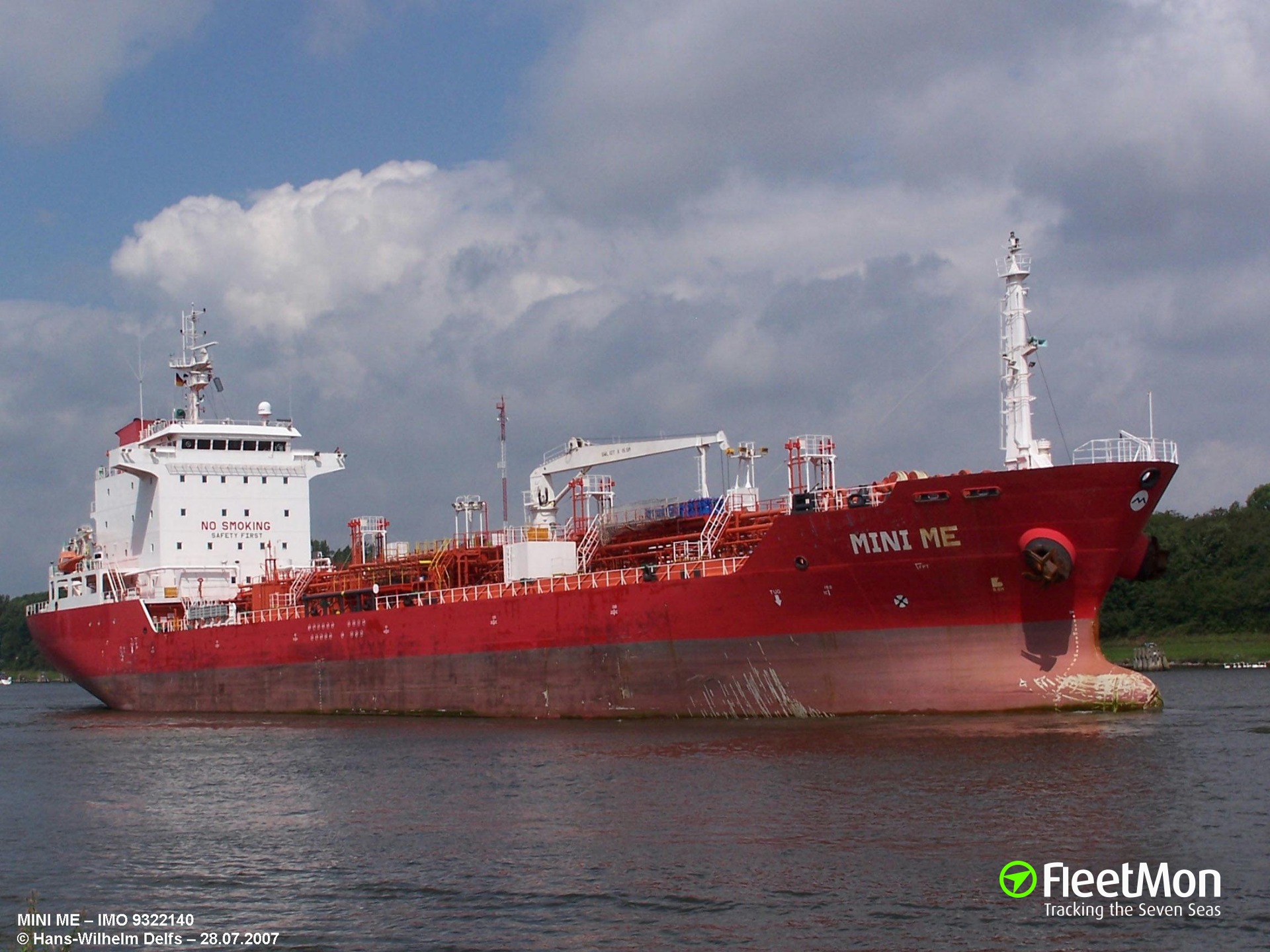
Photo of SHATT AL ARAB (IMO 9322140, MMSI 425000003, Callsign HNSA
July 1, 2014. Shatt al-Arab is a river in Southwest Asia of some 200 km (120 mi) in length, formed by the confluence of the Euphrates and the Tigris in the town of al-Qurnah in the Basra Governorate of southern Iraq. The southern end of the river constitutes the border between Iraq and Iran down to the mouth of the river as it discharges into.
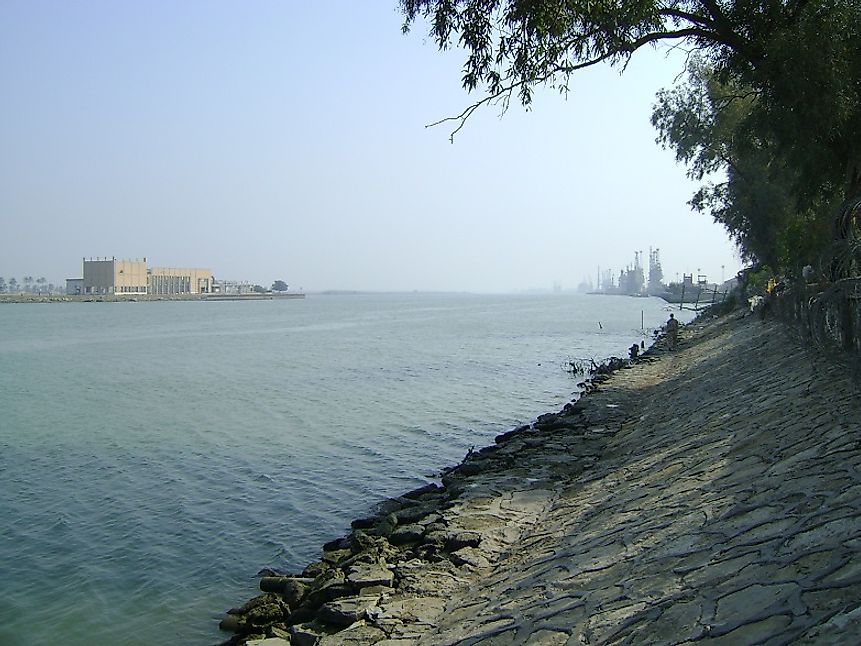
The Shatt AlArab River WorldAtlas
The Shatt al-Arab is influenced by tides in the Persian Gulf, from ca. 5 m around Basra to ca. 3 m at its mouth, which contribute to the high level of dissolved salts in it (Rzóska, pp. 47, 68-72). While only 10 percent of the sediment deposited in the Shatt al-Arab is brought by the Tigris and Euphrates, 90 percent is carried south by the.
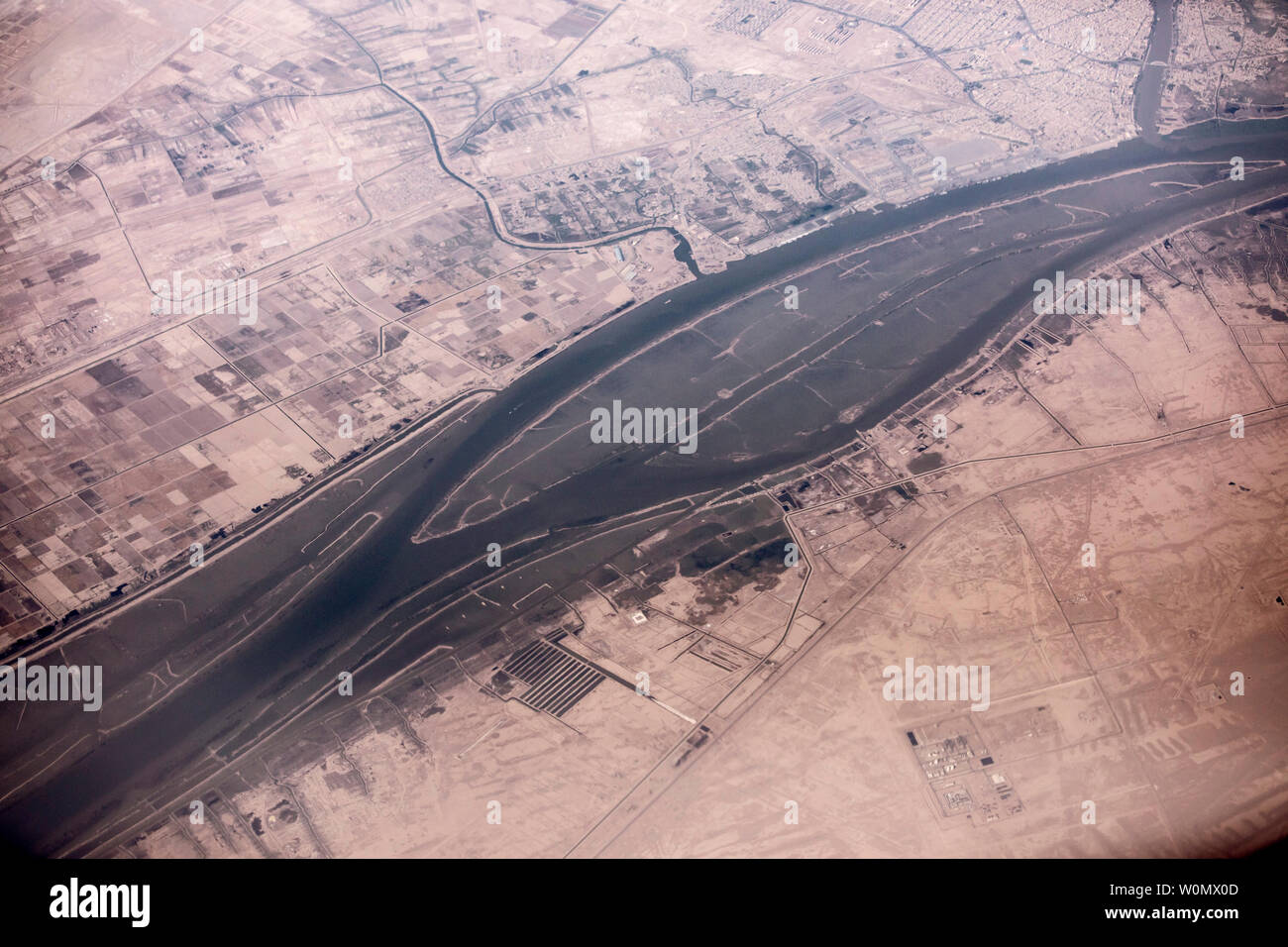
Shatt al arab river basra hires stock photography and images Alamy
The Shatt al-Arab is a river of some 200 kilometres in length that is formed at the confluence of the Euphrates and Tigris rivers in the town of al-Qurnah in the Basra Governorate of southern Iraq. The southern end of the river constitutes the Iran-Iraq border down to its mouth, where it discharges into the Persian Gulf. The Shatt al-Arab varies in width from about 232 metres at Basra to 800.

Shatt alArab (Basrah) ATUALIZADO 2022 O que saber antes de ir
The Shatt al-Arab river forms part of the boundary between Iran and Iraq before flowing into the Persian Gulf. Due to its strategic importance, both countries have for centuries defended their sovereignty rights over the river, with tensions escalating in the 1960s. The Shatt al-Arab dispute was, among other drivers, behind the outbreak of the 1980-1988 war between the two countries.
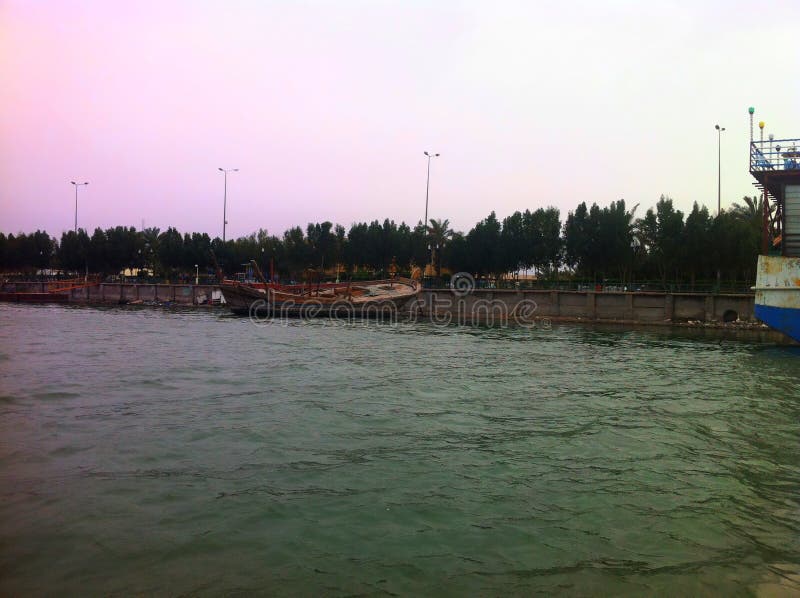
Shatt AlArab River in Basra Editorial Photography Image of city
SIEGEL: First on the west bank of the Shatt al-Arab waterway it's Iraq and the east bank it's Iran. Where's the border in the middle? Prof. CHEHABI: Well, the border is a matter of dispute because.

Market scene along Shatt al Arab waterway near Basra Iraq Stock Photo
The 1974-1975 Shatt al-Arab conflict consisted of armed cross-border clashes between Iran and Iraq.It was a major escalation of the Shatt al-Arab dispute, which had begun in 1936 due to opposing territorial claims by both countries over the Shatt al-Arab, a transboundary river that runs partly along the Iran-Iraq border.The conflict took place between April 1974 and March 1975, and.

Map of Shatt AlArab River with locations of study sites. Download
The Shatt al-Arab, known in Iran as the Arvand Rud, is a river in Southwest Asia stretching more than 200 kilometers (124 mi) in length. It is formed by the confluence of the Euphrates and the Tigris in the town of al-Qurnah in southern Iraq.The southern end of the river constitutes the border between Iraq and Iran to the mouth of the river where it discharges into the Persian Gulf.

Shatt alArab River, Basrah, Iraq. News Photo Getty Images
Date groves line the Shatt al Arab River in the center of the image. The city of Abadan is visible at the top of the image along the Shatt al Arab River. The broad deltaic plain is noticeably asymmetrical in profile, with the deepest water occurring along the Iranian coast and a broad shallow area, which is usually less than 120 feet deep.
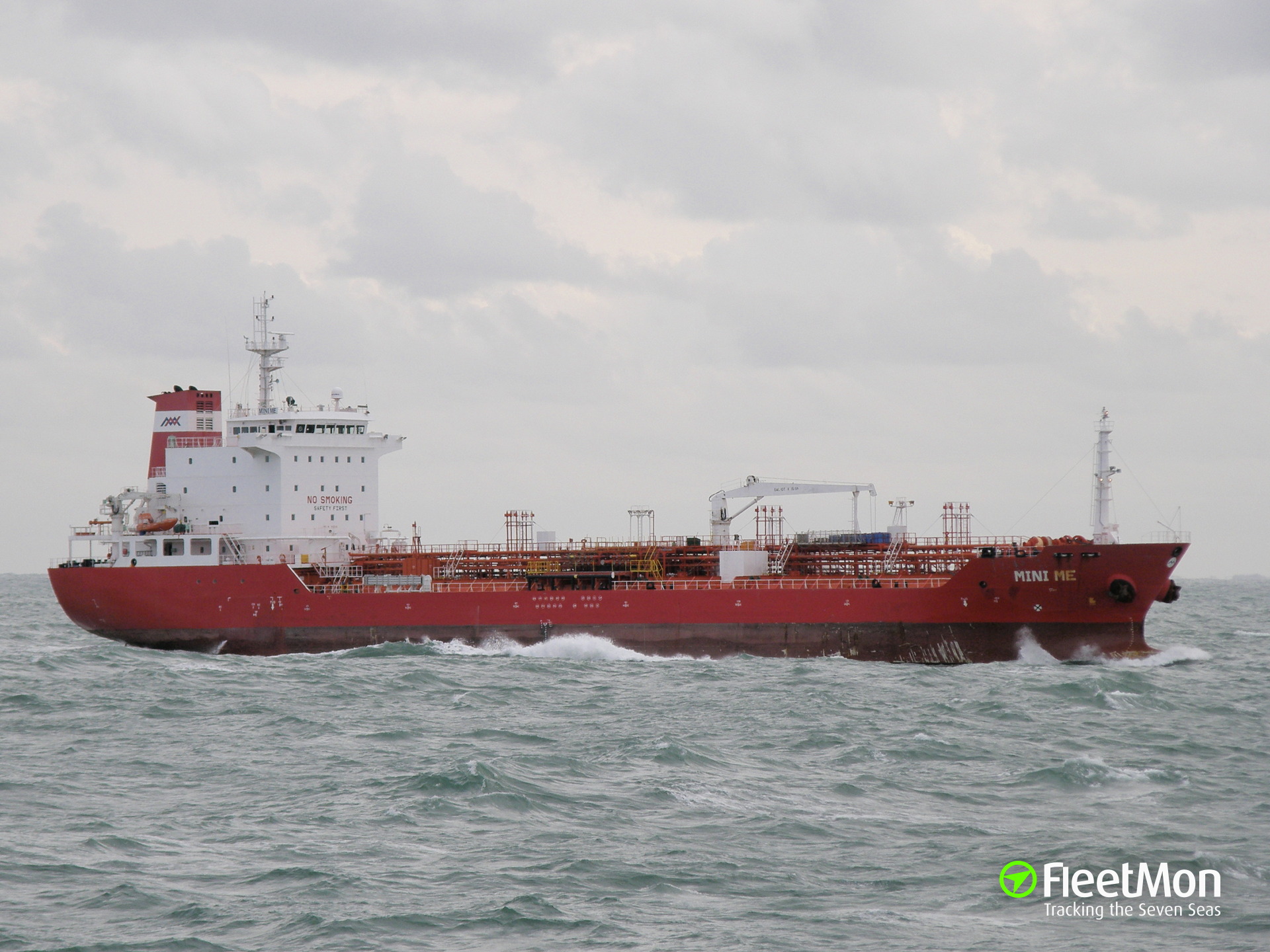
SHATT AL ARAB (Chemical carrier) IMO 9322140
The Shatt al-Arab (Arabic: شط العرب, lit. 'River of the Arabs'; Persian: اروندرود, romanized: Arvand Rud, lit. 'Swift River') is a river of some 200 kilometres (120 mi) in length that is formed at the confluence of the Euphrates and Tigris rivers in the town of al-Qurnah in the Basra Governorate of southern Iraq.The southern end of the river constitutes the Iran-Iraq border.